- Updates
- News
On April 15–16, the International Symposium on Civilisational Exchanges and Mutual Learning was held at UNESCO Headquarters in Paris. The event was co-hosted by the State Council Information Office of China, UNESCO, and the Chinese National Commission for UNESCO. As part of the cultural programme, the Chinese Cuisine Association organised a special banquet under the theme Chinese Culture · Elegant Gathering. Celebrated chefs from across China—including Quanzhou, Fuzhou, Chaozhou, Guilin, Taiyuan, and Beijing—presented an exquisite array of regional flavours, with a spotlight on Fujian cuisine, one of China's eight great culinary traditions.
Quanzhou cuisine stood out for its unique identity, born from the fusion of Central Plains traditions brought by ancient migrants, local ingredients from its coastal environment, and spices carried along the Maritime Silk Routes. This rich tapestry of culinary influences delighted international delegates and offered a compelling case for Quanzhou's candidacy as a UNESCO "City of Gastronomy."
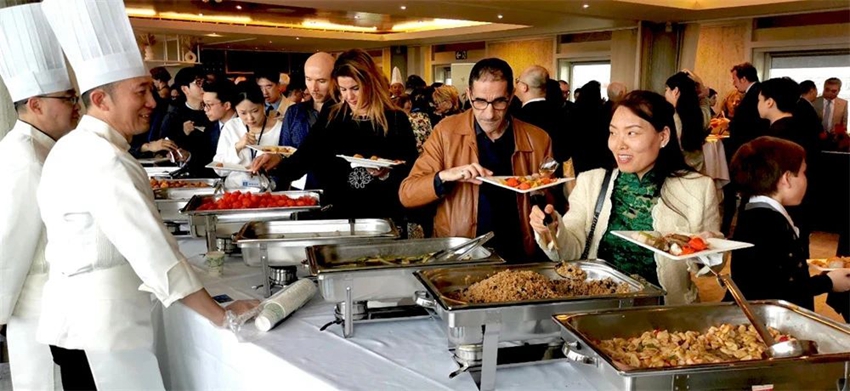
The "Chinese Culture · Elegant Gathering" banquet captivated guests from around the world.
Chef Hu Manrong: Celebrating Quanzhou's Unique Culinary Voice
The Quanzhou delegation was led by Master Chef Hu Manrong, Executive Vice Chairman of the Chinese Culinary Association's Master Chef Committee, and Liu Shuwen, President of the Quanzhou Catering and Culinary Industry Association. Their curated menu featured:
Stewed Yellow Croaker with Soy Sauce and Preserved Radish
Salt-and-Pepper Abalone from Weitou
Braised Beef in Satay Sauce with Stir-Fried Seasonal Vegetables
Buddha Jumps Over the Wall
Candied Red Ginseng
Minnan Five-Spice Chicken Rolls
Beef and Cabbage Dumplings
Xunpu Red Crab Rice
Purple Seaweed Fried Rice
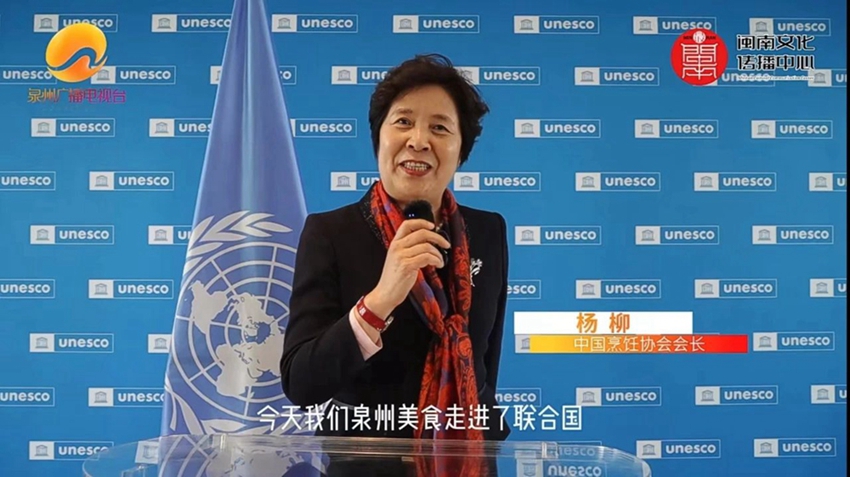
President Yang Liu of the Chinese Cuisine Association praises Quanzhou cuisine during an interview.
"Many guests finished every bite—that's the highest compliment for a chef," said Hu. His signature Buddha Jumps Over the Wall and the Minnan-style abalone caught international attention. Despite facing challenges such as sourcing specific ingredients and accommodating various dietary needs, Hu and his team delivered authentic dishes that preserved the soul of Fujian cuisine.
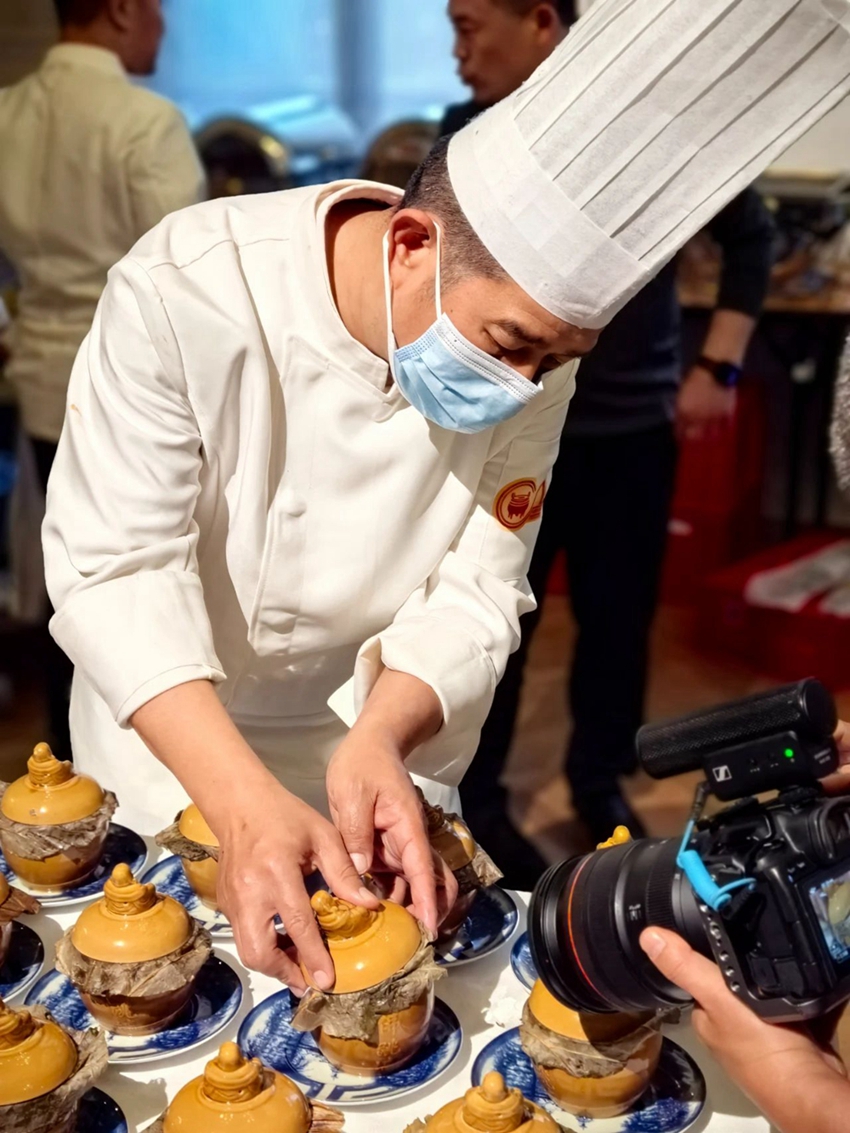
Chef Hu Manrong prepares Buddha Jumps Over the Wall live at UNESCO.
Hu noted that events like this offer valuable learning experiences for Chinese chefs, particularly in refining plating techniques, fusion approaches, and artistic presentation. His Satay-Braised Beef, served on a jade-green plate, exemplified these principles—balancing colour, freshness, and elegance. "Quanzhou's journey to becoming a UNESCO City of Gastronomy is just beginning," he reflected. "We're proud to represent our city on this path."
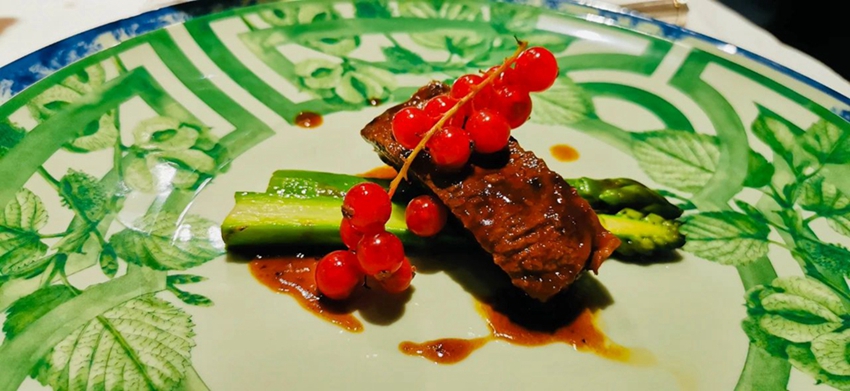
Satay-Braised Beef with Vegetables served on a jade-green plate—an elegant combination of colour and taste.
Liu Shuwen: Culinary Philosophy Rooted in Harmony
Liu Shuwen highlighted how Quanzhou cuisine embodies the city's global outlook and cultural confidence. At its core is the "art of harmony," reflected in ingredient pairing, precise knife work, balanced flavours, and skilful heat control. "Each dish is like a musical composition," Liu explained, "where every ingredient plays a distinct yet harmonious role."
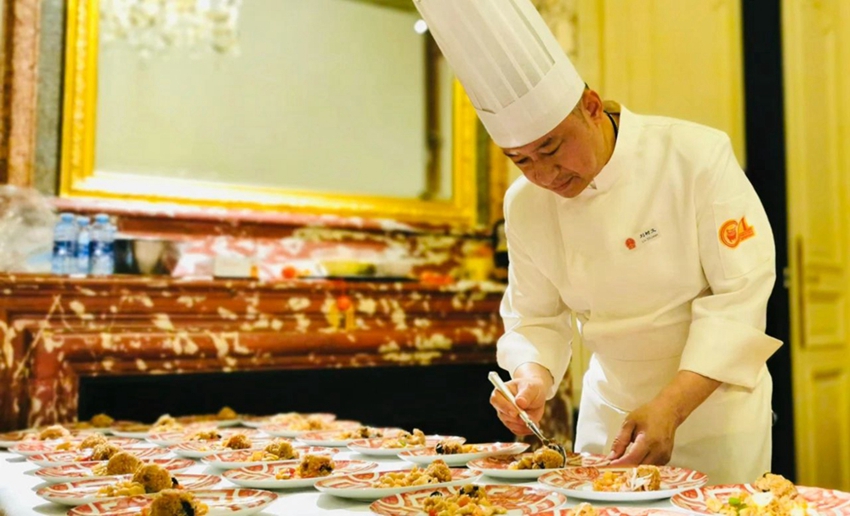
Liu Shuwen prepares Xunpu Red Crab Rice live at the event.
According to Liu, expert knife skills enhance not just the look of a dish but also its texture and flavour absorption. Mastery over fire determines the depth and nuance of taste, while thoughtful nutritional planning responds to global interest in wellness. In Quanzhou, food is more than nourishment—it is culture, health, and artistic expression.
Conclusion:
Quanzhou's international debut at UNESCO marked a proud moment for its culinary heritage. As cross-cultural exchanges grow and food diplomacy expands, the world is beginning to savour "the taste of Quanzhou"—a flavour deeply rooted in history, creativity, and global dialogue.
